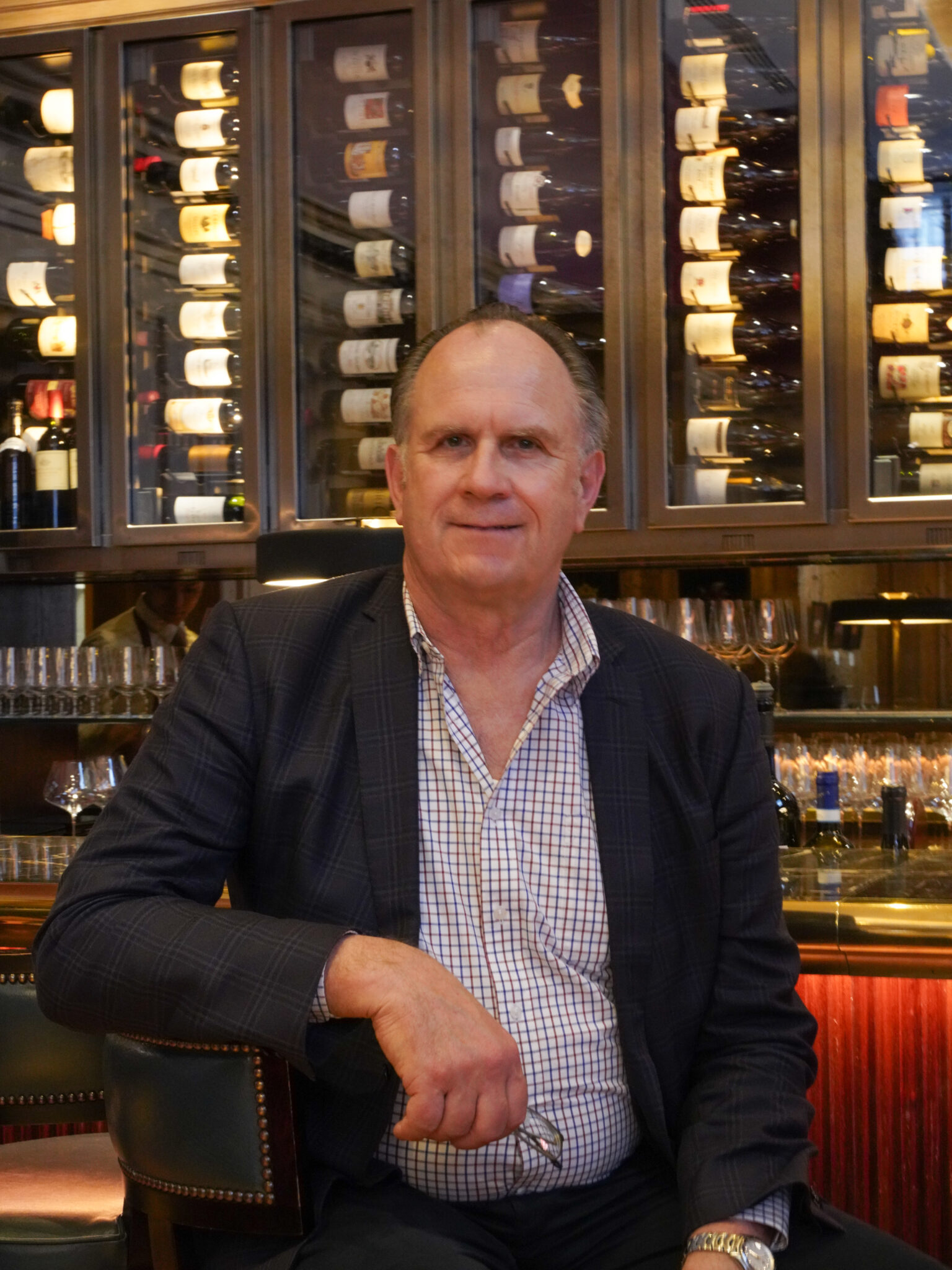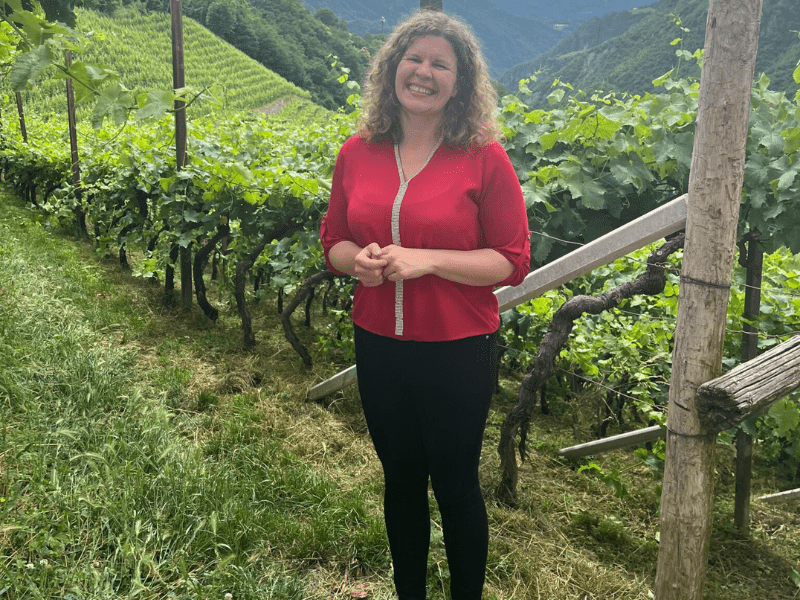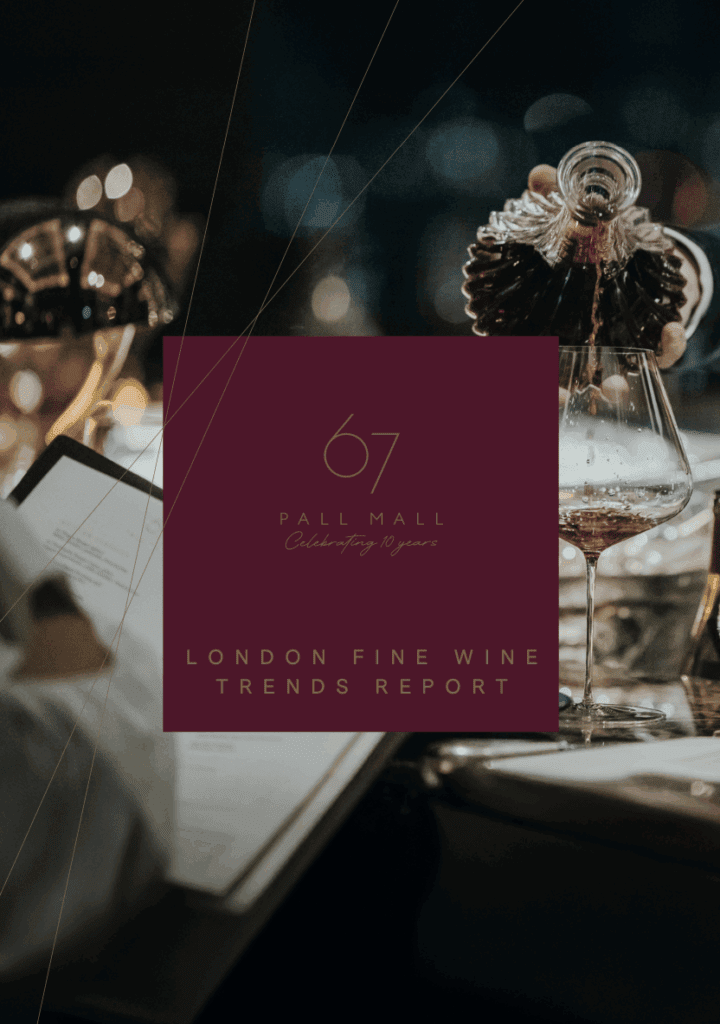CRITIC’S CORNER | Tom Hewson
Tom Hewson is the Champagne correspondent for Decanter magazine, and a specialist on sparkling wine, which he also covers for timatkin.com and the Wine Advocate, as well as his own newsletter, Six Atmospheres. We asked him which region outside of Champagne is his long-term bet to rival the fizz kingdom…

‘Old vs New’ battles feel a bit passé these days. Does anyone really care whether Napa Cabernet can beat Bordeaux in 2024? Champagne, though, still seems to find itself stationed in the gladiatorial arena, being swung at by pesky upstarts. England is a particularly persistent antagonist. Just last year, Kent producer Chapel Down pulled the undeniably amusing stunt of duping – and seducing – drinkers on the streets of Reims with its Chapel en Bas cuvée. So is it inevitable that all sparkling wines have to square up to Champagne to prove themselves?
It’s worth remembering that opening a sparkling wine is the most symbolic choice we have as wine drinkers. As long as we keep asking ‘Should we drink Champagne…or something else?’, then something else is always starting with a handicap. The wide world of fizz is holding its corner, though; while Champagne’s shipments dropped 8% in 2023, English Sparkling Wine, Cava and Prosecco all saw sales increases. Value matters, and Champagne’s bottom-feeders are having a tough time faced with perfectly pleasant alternatives at half the price (or good local wines for much the same).
‘Undoubtedly the name of the game when future-gazing is climate – and England is sitting pretty’
TOM HEWSON
Where, then, is the best long-term bet for something a little different? Undoubtedly the name of the game when future-gazing is climate. The search for cool seasons that ripen grapes with strong natural acidity and moderate alcohol levels, while dodging regular frost and disease pressure, is surprisingly tough, before you even have to enter the arena and do battle to sell the stuff.
Tasmania, New Zealand and South Africa all boast fine sparkling wines, but they remain producer-led rather than category-led, so quality is sporadic. In the here-and-now, Italy’s Trentino region is producing some of the wider wine world’s most beautiful Chardonnay for sparkling wine, with a mountain-breeze energy that sets it apart from the warmer Franciacorta. Catalunya continues to fascinate, too: the future here is all about wonderful old-vine Xarel-lo; perhaps resilient, high-acid grapes such as Sumoll; and – crucially – building recognition for the top wines such that they can escape the low orbit of dirt-cheap Cava. (I’m looking forward to producing another extensive report on the region for timatkin.com this winter.)
The British press and trade can get a little over-excited over our own fair efforts, but there’s no doubt that England is sitting pretty, bolstered by amenable topography and soils. By international standards the excitement lies in around 10-15 producers who have landed, either deliberately or partly by accident, on vineyards that don’t just ripen grapes on paper but, when expertly managed, hit all the flavour nuances of fine sparkling wine, vintage after vintage. The whole industry needs to remain critical and reflective, internationally benchmarking itself in order to keep refining the vineyard land. This search is why I’m thrilled to be writing a review of English wine for the Wine Advocate this summer.
Although I wouldn’t mourn the day when the fine sparkling wines of the world can hang up their loincloths and retire from the Champagne-beating arena, it seems a way off for now. I’d encourage anyone exploring them, though, to put comparisons, however subconscious, to one side. Whether in England, Catalunya or Trentino, if you’re looking for an alternative to Champagne, you might not find it. If you’re looking for a fine wine, you almost certainly will.


WHAT
I’VE
LEARNED
Michael Brajkovich MW


IN
THE
VINEYARD
Gump Hof, Alto Adige, Italy


UNDER
THE
SURFACE
67 Pall Mall London’s first Fine Wine Trends Report
